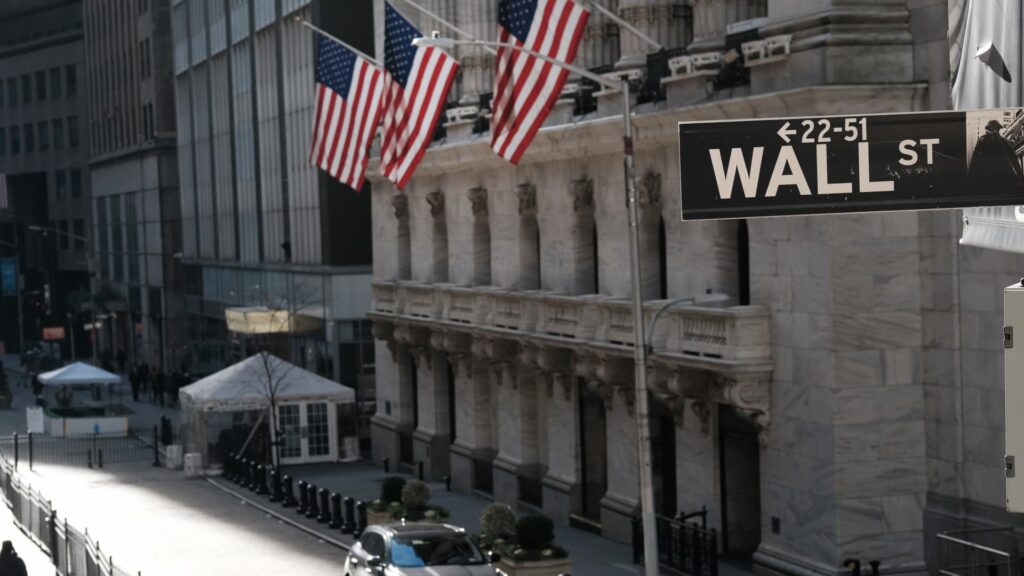
The Federal Reserve has proposed a significant change to a key capital rule that has long been a point of contention among major Wall Street banks. Announced on Wednesday, the proposal aims to ease the enhanced supplementary leverage ratio (eSLR), a measure introduced post-2008 financial crisis to ensure the stability of the largest banks in the United States. However, the proposal has sparked dissent among Fed officials, with concerns that it could undermine crucial financial safeguards.
The eSLR dictates the quantity and quality of capital banks must maintain on their balance sheets. As bank reserves have grown and liquidity concerns in the Treasury market have intensified, both Wall Street executives and some Federal Reserve officials have advocated for a relaxation of these requirements. The current regulations do not differentiate between the risk levels of various assets, treating all capital uniformly.
Details of the Proposed Changes
The Federal Reserve is set to vote on the proposed capital rule changes at 2 p.m. ET on Wednesday. In its draft form, the proposal suggests reducing the top-tier capital that large banks must hold by 1.4%, amounting to approximately $13 billion for holding companies. Subsidiaries would experience a more substantial reduction of $210 billion, which would still be retained by the parent bank. The proposal applies uniformly to globally systemic important banks and their subsidiaries.
The proposed adjustment would lower capital requirements to a range of 3.5% to 4.5%, down from the current 5%. Subsidiaries would see their requirements drop from 6% to the same 3.5% to 4.5% range.
“This stark increase in the amount of relatively safe and low-risk assets on bank balance sheets over the past decade or so has resulted in the leverage ratio becoming more binding,” Fed Chair Jerome Powell stated. “Based on this experience, it is prudent for us to reconsider our original approach.”
Support and Opposition Within the Fed
Support for the proposal comes from key figures such as Vice Chair for Supervision Michelle Bowman and Governor Christopher Waller. They argue that the changes will enhance resilience in U.S. Treasury markets, potentially reducing the need for Federal Reserve intervention during future stress events.
“The proposal will help to build resilience in U.S. Treasury markets, reducing the likelihood of market dysfunction and the need for the Federal Reserve to intervene in a future stress event,” Bowman stated. “We should be proactive in addressing the unintended consequences of bank regulation, including the bindingness of the eSLR, while ensuring the framework continues to promote safety, soundness, and financial stability.”
Conversely, governors Adriana Kugler and Michael Barr, the former vice chair of supervision, have expressed their opposition. They argue that the proposal may not be effective in times of financial stress and could lead banks to prioritize shareholder returns over meaningful Treasury market intermediation.
“Even if some further Treasury market intermediation were to occur in normal times, this proposal is unlikely to help in times of stress,” Barr said. “In short, firms will likely use the proposal to distribute capital to shareholders and engage in the highest return activities available to them, rather than to meaningfully increase Treasury intermediation.”
Historical Context and Implications
The enhanced supplementary leverage ratio was introduced as part of a broader regulatory overhaul following the 2008 financial crisis. Its primary goal was to ensure that banks maintained a robust capital buffer to absorb potential losses, thereby safeguarding the financial system. However, as the financial landscape has evolved, so too have the challenges associated with maintaining these capital requirements.
Critics of the current leverage ratio argue that it penalizes banks for holding low-risk assets like U.S. Treasurys, which are treated the same as high-yield bonds for capital purposes. The proposed changes align with international Basel standards, which set global banking regulations.
Looking ahead, the outcome of the Federal Reserve’s vote could have significant implications for the banking sector and the broader economy. If approved, the changes could provide banks with greater flexibility to manage their capital and engage in lower-risk activities. However, the potential risks associated with loosening these requirements remain a point of contention among regulators and financial experts.
As the debate continues, stakeholders will be closely monitoring the Federal Reserve’s decision and its potential impact on the financial stability of the United States.







